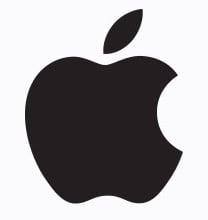- cross-posted to:
- hardware@lemmy.world
- cross-posted to:
- hardware@lemmy.world
The good
- These phones still have some of the best screens you can buy—even the non-Pro iPhone hits it out of the park
- They have by far the best smartphone performance, too
- Solid gains in GPU performance
- Camera Control brings the long-awaited physical shutter button
- The customizable Action button makes its way to the base iPhone
- New photographic styles allow you to move away from the pitfalls of Apple’s computational photography decisions in any direction you choose
- High-end camera features previously reserved for more expensive models have trickled down
- Ultra-wide photos in low light got quite a bit better
- Battery life improvements are always welcome
The bad
- 60 Hz on the non-Pro phones is looking a bit long in the tooth
- Likewise, always-on displays are now standard in some of the iPhone 16’s direct competitors
- The Pro phones don’t offer enough to justify an upgrade over the base models for the majority of consumers
- Possibly the most subtle year-over-year upgrades in iPhone history—if that’s really a bad thing
The ugly
- Not much, other than the steep prices
I think the point about the 3 year upgrade cycle being optimal unless you are a real enthusiast is right on the money. I’d say I’m moderately interested in tech improvements in this space and it seems ideal for me as I will be considering an upgrade from an iPhone 13 Pro (likely informed by how gimmicky or actually useful the Apple Intelligence stuff becomes and if I can offload my ChatGPT Pro subscription). If you’re really not a huge phone tech person or looking for the best camera quality then every 4 years is probably completely reasonable as well. At that point, the battery life is probably starting to suffer as well…
I’m fairly tech savvy, still on my Xr and feel no reason to change. Battery will probably be the deciding factor before anything else.




